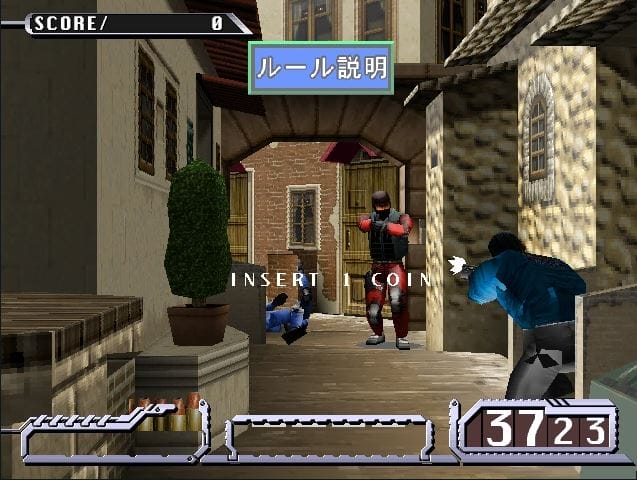
Arcade Franchises That Successfully Evolved for the Modern Era (and Those That Didn’t)
Evolution is a key aspect of game design. Consumers have high expectations for their favourite franchises and publishers who fail to continuously innovate fall by
In recent years, many gaming companies have placed major emphasis on implementing accessibility within their franchises. Mobile and portable gaming are now leading sources of revenue within the digital space and the audiences that frequents these mediums are seldom looking for a challenge, instead favouring the dopamine rush of a fun & friendly experience. Franchises such as Candy Crush and Pokémon Go have built massive followings on the back of their simple-yet-engaging gameplay which offers little in the way of difficulty.
However, this isn’t to say that difficulty is completely devoid in the modern gaming landscape and triple-a franchises such as FromSoftware’s Dark Souls, as well as retro-like indies including Cuphead, Celeste, and Super Meat Boy are all built on the premise of pushing the player to the absolute limit of their physical and mental dexterity. Difficulty sliders and finely honed gameplay mechanics mean that newer games can be as easy (or as difficult) as the developers intend – something that was very much missing in the early years of gaming wherein the challenge of a game was artificially inflated due to the following factors.
No Game Design Experience
In the modern day, learning the basics of game design can be done quite easily. Many colleges and universities offer courses that hone in on these areas and even without going through the academic route, an aspiring game developer can learn a great deal purely from the resources available online. A great many indie darlings were put together by small teams who – before commencing with the project – had little to no coding or design experience. Pair this with the fact that easy-to-pick-up game creation engines such as Game Maker Studio (used to build Hyper Light Drifter and Katana Zero), Unity (used to build Hollow Knight, and Return of the Obra Dinn), and Unreal Engine (used to build Rocket League and PUBG) are all commercially available with an assortment of entry-level tutorials in place to help guide users through the basics.
Conversely, In the early days of game development, things were a lot more touch-and-go. The industry was so new that there were only a small number of games actually being developed every year; this meant that there was a major shortage of developers who had any sort of applicable past experience.
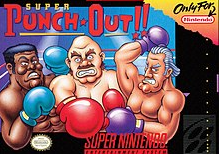
Experimentation became the best friend for these first time devs and a wide range of ideas were trialled in an attempt to find what felt right. With no experience and no support when something went wrong, plenty of these ideas were far beyond the team’s technical know-how leading to horrendous implementation and frequent difficulty spikes.
Technical Limitations
Gaming has come an incredibly long way in the last decade
alone – load up a game from the early 2010s and compare it to a brand-new
triple-a blockbuster and the difference is apparent for all to see. Roll this
back even further to the glory days of classic gaming in the 1980s-2000 and you’ll
find that many of the core elements that we associate with gaming are missing,
or not implemented at the level at which you might expect. Things like lower
resolutions meant that you could never quite tell where a platform ended, delay
input meant that the sprites felt far less manoeuvrable than intended, and a
complete lack of patch support meant that if a game released glitchy, it would
stay glitchy. It wasn’t until sometime years later that hardware and software
progressed to the point where many of these technical limitations could be properly
ironed out.
Intentional Difficulty
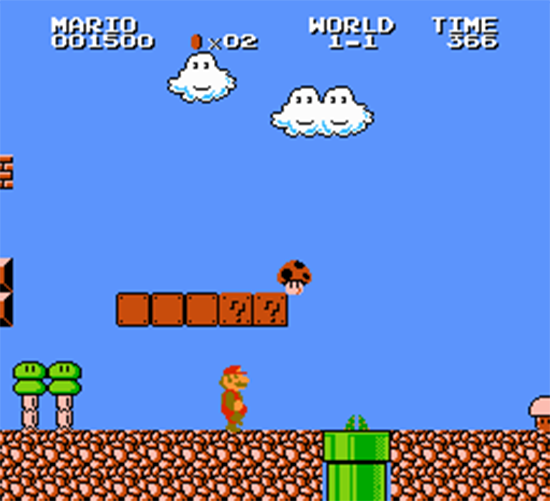
To make matters worse, not every retro classic suffered from the curse of accidental difficulty. In fact, plenty of game developers went out of their way to make a game as challenging as possible. Many of the flagship titles that ruled the gaming scene between the 1980s and the early 2000s were designed for arcade cabinets which ran with a pay-to-play model where users would need to part with some of their change in order to start the game. Naturally, game titles that implemented frustrating elements such as one-hit-kills or platforming puzzles were that much better at taking change from ambitious players which, in turn, made their cabinets better investments for arcade owners.
As the gaming space started shifting away from arcades and over to home consoles, many games were ported over in their original forms. All of the mechanics that were implemented to try and get money out of the player were still present, in this case however, they were solely targeting users who had already purchased the games.
The novelty of having a gaming system in your living room lingered only for a short while before users started complaining about the difficulty – surely there’s no point of keeping all of these money grabbing systems in place if users can’t actually put extra coins into the machine?
It took quite a few years before game developers started getting away from some of the arcade-style design practices that made so many classic titles intentionally challenging.
With microtransactions becoming an industry standard, will we start to see an increase in the number of games that implement intentional difficulty?
Getting Creative with Difficulty
The late 90s and early 2000s completely changed the relationship
between gamers and video game difficulty. Companies were now actively searching
for ways to make games more accessible to users and while not every idea was a
hit, there were certainly some creative ways in which they tried to make their
products fun even for more casual gamers.
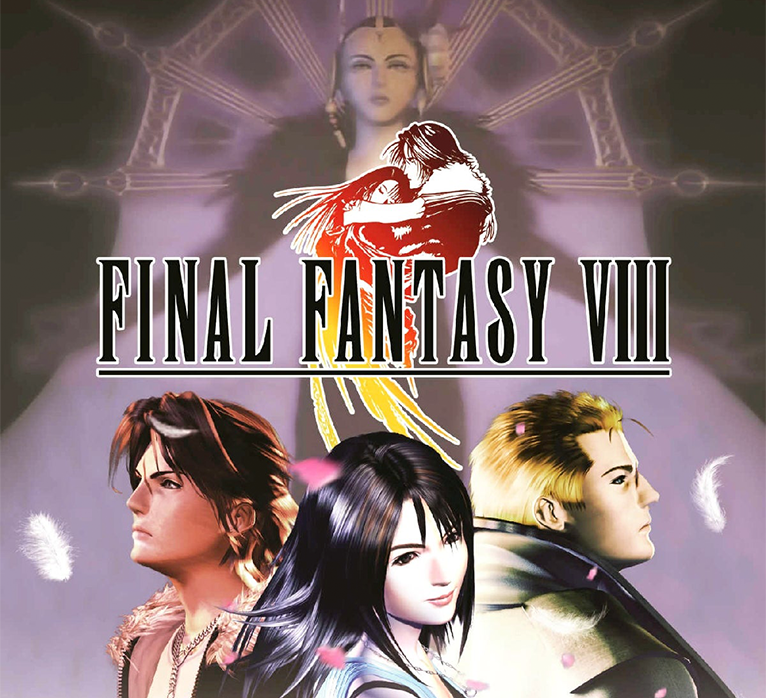
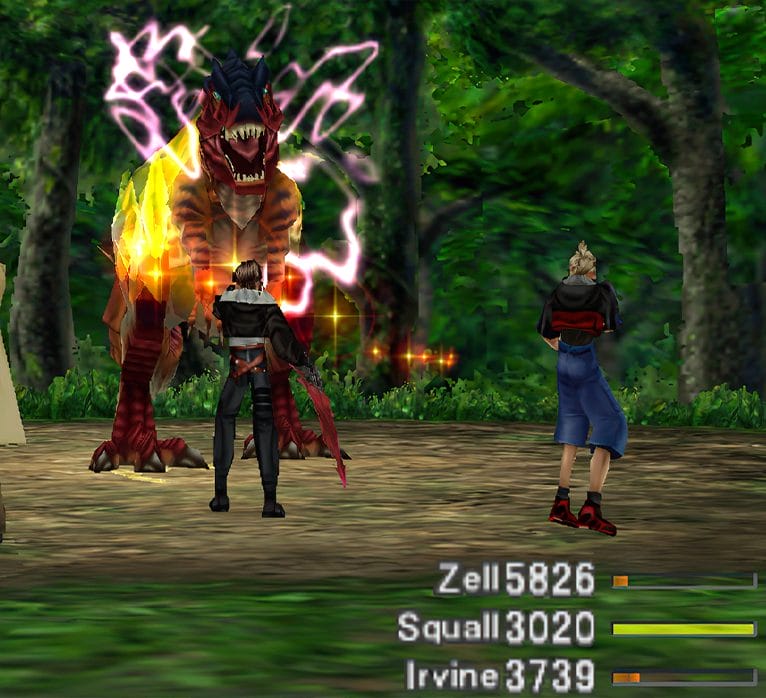
Cult classic Final Fantasy 8 was one of the first games to play with the idea of dynamic difficulty. The concept was sound as the game would increase the levels of enemies alongside that of your party; this circumvented a major issue of JRPGs at the time wherein users would be vastly under-levelled at crucial points in the story. With a lack of save-points and sometimes no way of backtracking to do some extra XP farming, players would often lose hours of progress if they got stuck.
Unfortunately, for all the good that it tried to do, FF8 will forever be remembered as a game with an unbelievably broken difficulty system. The first problem with their difficulty was that enemies would get much better stats for their levels than your party members, this not only discouraged players from engaging in any optional battles but also meant that those used to the levelling systems of traditional JRPGs would be caught massively off guard once they started picking up experience points. On the other hand, you also had users who figured out ways of getting through large chunks of the game by picking up only minimal XP which meant that you could go as far as fighting the final boss at LV9. Naturally, your characters would still have access to all of the overpowered late-game weapons and items which make powering your way through the time shifting story an absolute breeze.
Difficulty in gaming is far from the finished article. Developers are constantly looking for new ways to cater to both their casual and hardcore fans – who will frequently play exactly the same game looking for an experience that caters to their individual preferences. Fortunately, we’ve come a long way from the days of artificial difficulty and the focus of the modern gaming space is well and truly on making games an enjoyable experience for players of all skill levels.
Get in Touch with Arcade Mania
Interested in finding out more about our custom arcade machines? View our
full mega
arcade machine product range, or get in touch with our
team directly to find out how we can help you create your dream arcade machine
cabinet.

Evolution is a key aspect of game design. Consumers have high expectations for their favourite franchises and publishers who fail to continuously innovate fall by

The Arcade is widely recognised as the birthplace of some of gaming’s most iconic titles. Without the simplistic 8-bit graphics of the 1970s, we would

Whether you’re a hardcore gamer, or someone with more of a casual interest; it’s no secret that gaming as a medium has changed a great

At Arcade Mania, we of course have a strong passion for arcade games. The great thing about them is that some are just timeless, meaning

There comes a time where companies and players alike want their favourite retro games to be made into a reboot and bring it into the

Now the workplace can get boring and this can lead to a stale working environment which may cause a poorer work ethic. We have decided

Evolution is a key aspect of game design. Consumers have high expectations for their favourite franchises and publishers who fail to continuously innovate fall by

The Arcade is widely recognised as the birthplace of some of gaming’s most iconic titles. Without the simplistic 8-bit graphics of the 1970s, we would

Whether you’re a hardcore gamer, or someone with more of a casual interest; it’s no secret that gaming as a medium has changed a great

There was a time when arcade machines dominated the gaming space – arcades were found around every corner and were packed with people of all

Whether you’re a hardcore gamer, or someone with more of a casual interest; it’s no secret that gaming as a medium has changed a great

While retro gaming as an industry is now stronger than it has been for a long time, there was a lengthy period of time in
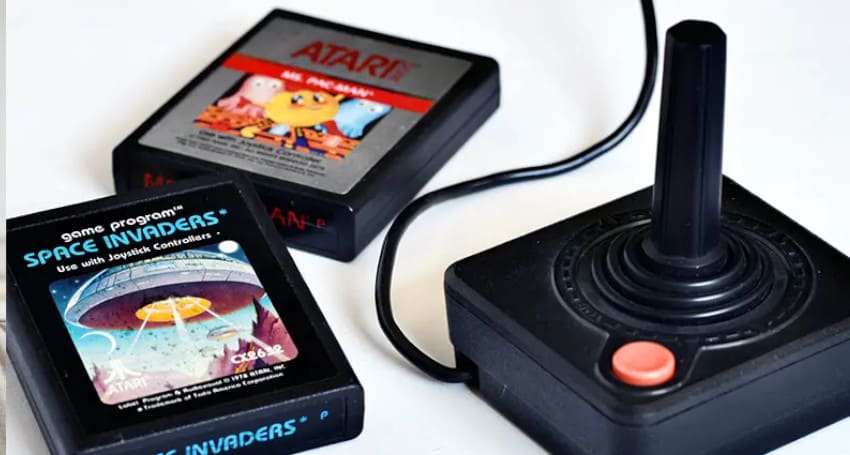
The 1980s are famous for the era in which arcade games and video games were embraced by the mainstream market. There were some basic concepts and

Table tennis, pool tables, and dart boards are all standard additions to the contemporary games room. Have you thought about buying something more distinctive for your